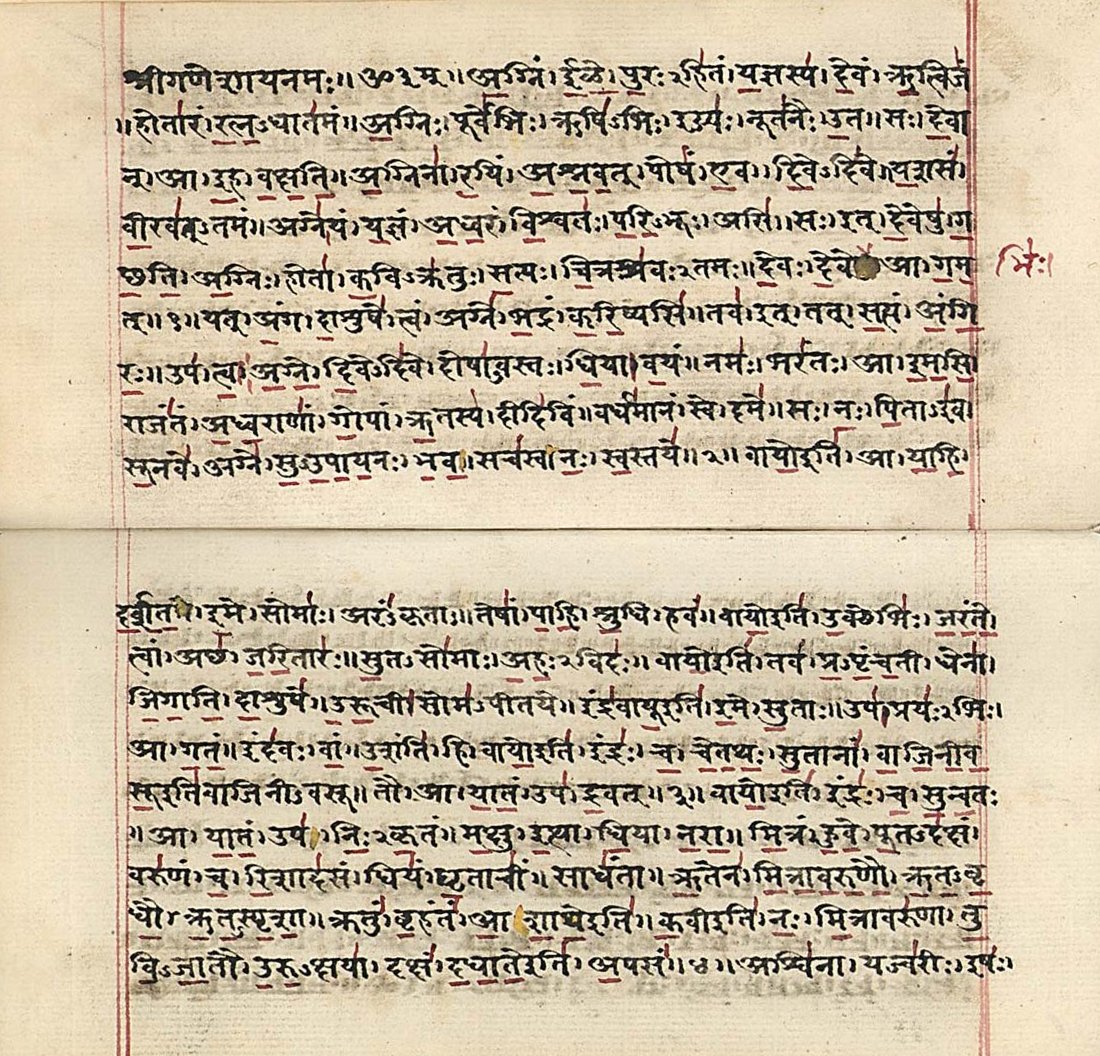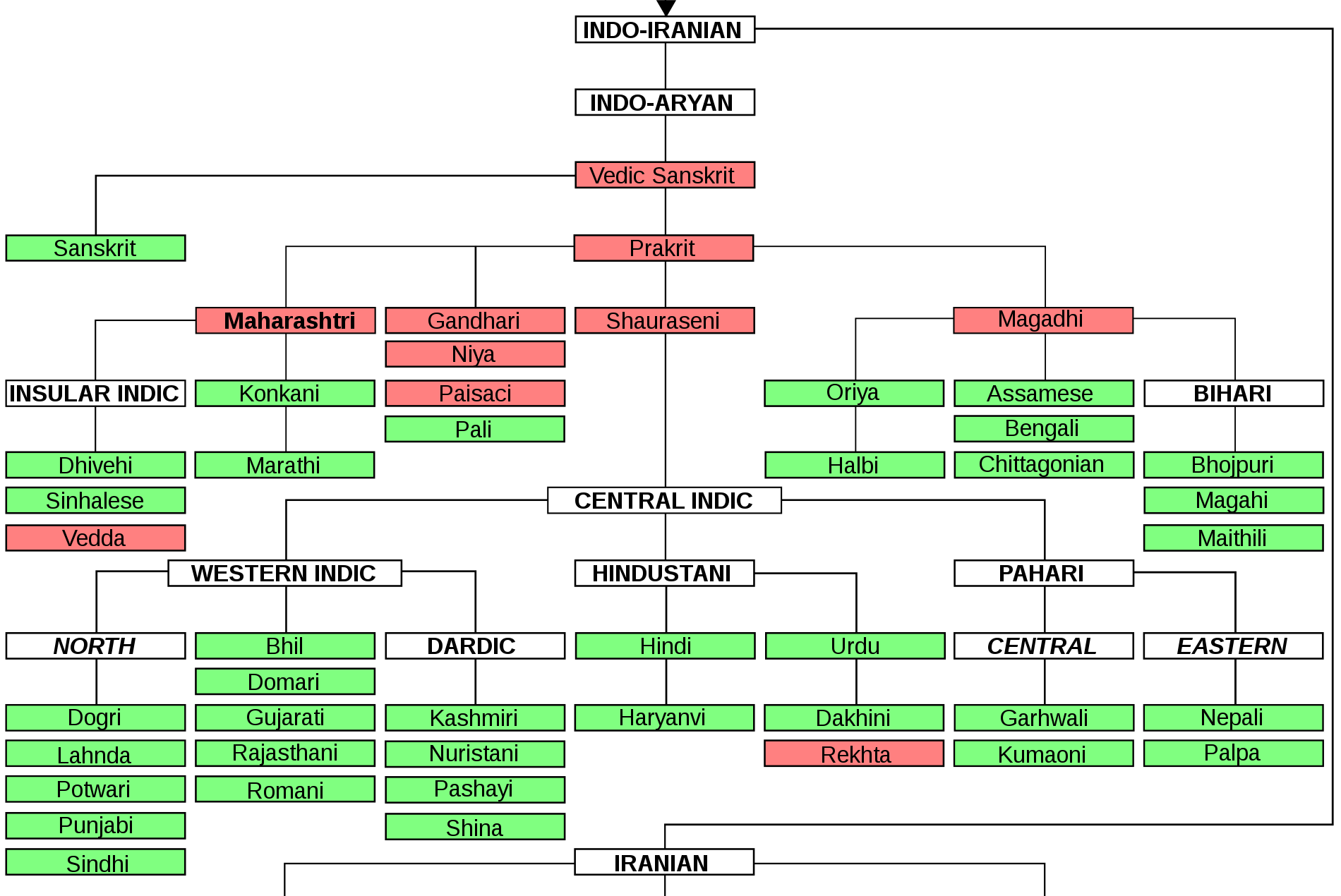|
·πö
·πö (Lower case, minuscule: ·πõ) is a letter of the Latin alphabet, formed from R with the addition of a dot (diacritic), dot below the letter. It is used in the transliteration of Afro-Asiatic languages to represent an "emphatic consonant, emphatic r". It is used in transliterating Indo-Aryan languages, Indo-Aryan and Eastern Iranian languages, East Iranian languages to represent either syllabic consonant, syllabic r or a retroflex flap. In the International Alphabet of Sanskrit Transliteration used for Sanskrit and related languages, ''·πõ'' represents a syllabic r. In transliterations of modern Indo-Aryan languages using ISO 15919 or similar schemes, ''·πõ'' represents a Voiced retroflex flap, retroflex flap /…Ω/. Superscript ·πö was widely used in 19th and early 20th century English in abbreviations of month and personal names, such as in NOV·πö, DEC·πö, and ALEX·πö (Alexander). Particularly common on gravestones. Encoding In Unicode, the encodings are: (Latin Extended Addit ... [...More Info...] [...Related Items...] OR: [Wikipedia] [Google] [Baidu] [Amazon] |
Sanskrit
Sanskrit (; stem form ; nominal singular , ,) is a classical language belonging to the Indo-Aryan languages, Indo-Aryan branch of the Indo-European languages. It arose in northwest South Asia after its predecessor languages had Trans-cultural diffusion, diffused there from the northwest in the late Bronze Age#South Asia, Bronze Age. Sanskrit is the sacred language of Hinduism, the language of classical Hindu philosophy, and of historical texts of Buddhism and Jainism. It was a lingua franca, link language in ancient and medieval South Asia, and upon transmission of Hindu and Buddhist culture to Southeast Asia, East Asia and Central Asia in the early medieval era, it became a language of religion and high culture, and of the political elites in some of these regions. As a result, Sanskrit had a lasting effect on the languages of South Asia, Southeast Asia and East Asia, especially in their formal and learned vocabularies. Sanskrit generally connotes several Indo-Aryan languages# ... [...More Info...] [...Related Items...] OR: [Wikipedia] [Google] [Baidu] [Amazon] |
Dot (diacritic)
When used as a diacritic mark, the term dot refers to the glyphs "combining dot above" (, and "combining dot below" ( which may be combined with some letters of the extended Latin alphabets in use in a variety of languages. Similar marks are used with other scripts. Overdot Language scripts or transcription schemes that use the dot above a letter as a diacritical mark: * In some forms of Arabic romanization, stands for '' ghayn'' (غ). * The Latin orthography for Chechen includes ''ċ'', ''ç̇'', ''ġ'', ''q̇'' and ''ẋ'', corresponding to Cyrillic ''цӏ'', ''чӏ'', ''гӏ'', ''къ'' and ''хь'' and representing , , , and respectively. * Traditional Irish typography, where the dot denotes lenition, and is called a or "dot of lenition": ''ḃ ċ ḋ ḟ ġ ṁ ṗ ṡ ṫ''. Alternatively, lenition may be represented by a following letter ''h'', thus: ''bh ch dh fh gh mh ph sh th''. In Old Irish orthography, the dot was used only for ''ḟ ṡ'', while the fol ... [...More Info...] [...Related Items...] OR: [Wikipedia] [Google] [Baidu] [Amazon] |
Indo-Aryan Languages
The Indo-Aryan languages, or sometimes Indic languages, are a branch of the Indo-Iranian languages in the Indo-European languages, Indo-European language family. As of 2024, there are more than 1.5 billion speakers, primarily concentrated east of the Indus river in Bangladesh, Northern India, Eastern Pakistan, Sri Lanka, Maldives and Nepal. Moreover, apart from the Indian subcontinent, large immigrant and expatriate Indo-Aryan–speaking communities live in Northwestern Europe, Western Asia, North America, the Caribbean, Southeast Africa, Polynesia and Australia, along with several million speakers of Romani languages primarily concentrated in Southeast Europe, Southeastern Europe. There are over 200 known Indo-Aryan languages. Modern Indo-Aryan languages descend from Old Indo-Aryan languages such as early Vedic Sanskrit, through Middle Indo-Aryan languages (or Prakrits). The largest such languages in terms of First language, first-speakers are Hindustani language, Hindi–Urdu ... [...More Info...] [...Related Items...] OR: [Wikipedia] [Google] [Baidu] [Amazon] |
Latin Extended Additional
Latin Extended Additional is a Unicode block. The characters in this block are mostly precomposed combinations of Latin letters with one or more general diacritical marks. Ninety of the characters are used in the Vietnamese alphabet The Vietnamese alphabet (, ) is the modern writing script for the Vietnamese language. It uses the Latin script based on Romance languages like French language, French, originally developed by Francisco de Pina (1585–1625), a missionary from P .... There are also a few Medievalist characters. Latin extended additional table The following table shows the contents of the block: Compact table History The following Unicode-related documents record the purpose and process of defining specific characters in the Latin Extended Additional block: See also * Vietnamese language and computers References {{DEFAULTSORT:Latin Extended Additional Unicode Block Latin-script Unicode blocks Unicode blocks ... [...More Info...] [...Related Items...] OR: [Wikipedia] [Google] [Baidu] [Amazon] |
International Alphabet Of Sanskrit Transliteration
The International Alphabet of Sanskrit Transliteration (IAST) is a transliteration scheme that allows the lossless romanisation of Indic scripts as employed by Sanskrit and related Indic languages. It is based on a scheme that emerged during the 19th century from suggestions by Charles Trevelyan, William Jones, Monier Monier-Williams and other scholars, and formalised by the Transliteration Committee of the Geneva Oriental Congress, in September 1894. IAST makes it possible for the reader to read the Indic text unambiguously, exactly as if it were in the original Indic script. It is this faithfulness to the original scripts that accounts for its continuing popularity amongst scholars. Usage Scholars commonly use IAST in publications that cite textual material in Sanskrit, Pāḷi and other classical Indian languages. IAST is also used for major e-text repositories such as SARIT, Muktabodha, GRETIL, and sanskritdocuments.org. The IAST scheme represents more than a centu ... [...More Info...] [...Related Items...] OR: [Wikipedia] [Google] [Baidu] [Amazon] |
Retroflex Flap
The voiced retroflex flap is a type of consonantal sound, used in some Speech communication, spoken languages. The symbol in the International Phonetic Alphabet that represents this sound is , a letter ''r'' with tail, and the equivalent X-SAMPA symbol is r`. Features Features of the voiced retroflex flap: Occurrence See also * Index of phonetics articles Notes References * * * * * * * * * * * * * * External links * {{LetterR Retroflex consonants Tap and flap consonants Pulmonic consonants Oral consonants Central consonants ... [...More Info...] [...Related Items...] OR: [Wikipedia] [Google] [Baidu] [Amazon] |


